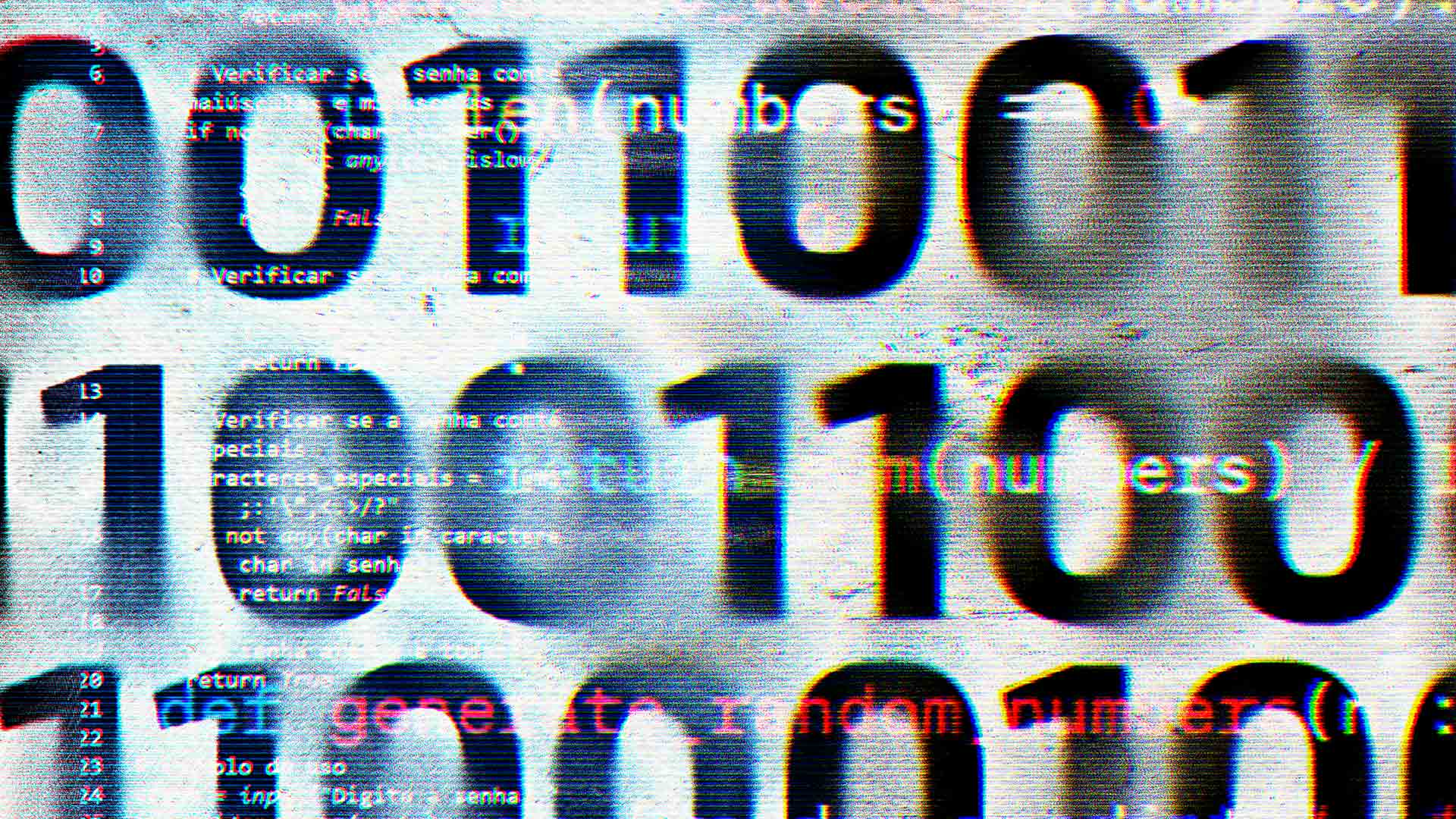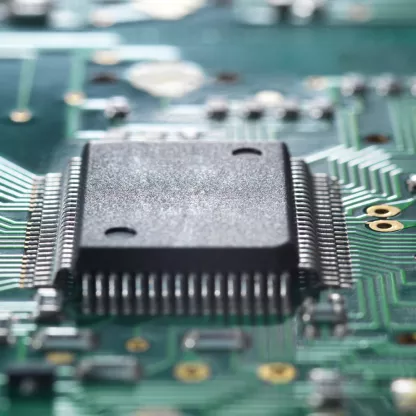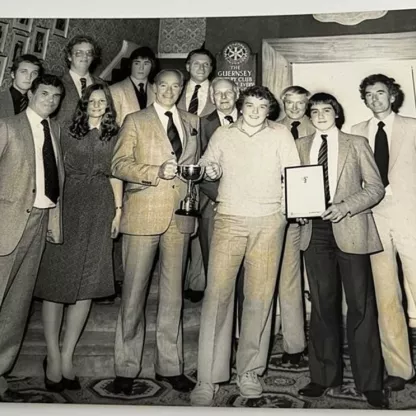This week’s AI sell-off will leave many passive investors nursing big losses. Investment specialist Michael Cumberlidge argues shocks like these reinforce the benefits of active management.

A massive active risk, passively taken
For the past two years it has felt like the only conversation on investors’ lips has been the dominance of US tech companies, specifically the Magnificent Seven (Mag7). Much of that is because of the rise of AI. As with any ground-breaking new technology, its effects, uses and consequences are unknown at the outset. There's a large window of uncertainty between universal adoption of profitable tools that send returns to the moon, and products and services that get superseded or abandoned by users before they even get going, levying large losses on investors.
For the titans of AI, this has led to big gains over the past few years. Last year, just over half of the S&P 500’s 23% return was attributable to the Mag7. Their average return was 63% in 2024, following 75% in 2023. Because of these outsized returns, these companies made up a whopping 33% of the benchmark US stock market index as 2025 began.
Yet they have been very volatile as well – as you would expect from stocks that are betting big on a burgeoning technology with an unknown outcome. Investors have been spooked relatively often in the past few years, leading to sharp drops in prices. Often these downdraughts have been in double-digits or nearing them.
On Monday, AI companies were rocked once again. This time by the emergence of a new open-source large language model, R1, created by Chinese start-up DeepSeek. A budding business rarely causes such upheaval in global markets, but DeepSeek claims to have built an AI chatbot for about $5.6 million and using old, inferior computer chips to build and train its model. Up till now, the rise of AI has required ever-increasing computing power. To provide that computing horsepower, a massive amount of money has been poured into building data centres that can house stacks of high-performance graphics processors, like those made famous by chip designer Nvidia. These chips don’t come cheap. In the third quarter alone, almost $31 billion was spent on data centre chips. Often, companies are spending more in a single quarter than they used to spend on capital expenditure for a whole year pre-2020.
So DeepSeek’s claims raised questions about the investment intentions of Western giants and whether the development models and strategies would need to change, and what that meant for the computer chip supply chain, the pre-eminence of US AI champions and what some see as their lofty valuations. There’s also a strong argument that lower costs for AI development would actually be a boon for the technology. Jevon’s Paradox (first described by English economist William Stanley Jevons in his 1865 book The Coal Question) shows that making something more efficient and cheaper leads to greater usage. Only time will tell.
AI sell-off was one of the worst in history
By the close of Monday’s trading, computer chip designer Nvidia’s value had plummeted by an eye-watering $589 billion, making it the single largest single day market cap loss in history. As we noted above, this isn’t the first time Nvidia’s shares have been so turbulent. Rather remarkably, Nvidia accounts for seven of the 10 worst single day stock losses by value in history, with Monday’s 17% sell-off leading the way.
Given the exceptional rise in popularity of passive investment over the last decade, many investors will have taken the full brunt of this big fall. A full third of a passive US stock portfolio is invested in just seven companies, hugely impairing diversification. These market-weighted index trackers obviously can’t reduce their holdings when stocks become overvalued or when they become a risk through their sheer size. Active managers can though.
As of writing, our Rathbone Global Opportunities Fund had 13% of its portfolio invested in the Mag7 vs the FTSE World’s rather lofty 22%. Our conviction in US tech varies, we currently own five of the Mag7: Nvidia, digital office tools developer Microsoft, e-commerce and cloud computing giant Amazon, gadget maker Apple and search titan Alphabet. Only Nvidia appears in our top-five relative performers for the fund in 2024.
| Relative attribution | Average portfolio weight | Average weight of FTSE World benchmark | |
| Nvidia | 1.18% | 3.79% | 3.58% |
| ServiceNow | 0.82% | 1.10% | 0.24% |
| Walmart | 0.77% | 2.03% | 0.43% |
| Boston Scientific | 0.68% | 2.11% | 0.16% |
| Intuitive Surgical | 0.63% | 2.08% | 0.22% |
Source: Rathbones, Barra; data for 2024
It can be challenging as an active investor to hold your nerve when the market’s insatiable appetite for momentum grinds markets higher, led by a small number of stocks. Having checks and balances ingrained in the investment process helps keep our focus. We have position size limits of 4% to reduce single stock risk – this is no more evident than with Nvidia. Over the past three years we sold over 75% of our position in Nvidia as the share price went parabolic (and yet it’s still remained between 3% and 4% of our portfolio). While we believe in ‘letting our winners run’, we are also extremely cognisant of left-field, unexpected events, such as DeepSeek.
There’s no crystal ball telling investors how DeepSeek will affect chip companies over the coming months and years. Could this be a fundamental shift in US dominance in AI? Or just another speedbump in the exceptionalism of US tech? Is this event the line in the sand for passive investors? Are global markets too complex and fast moving to be investing blind?








